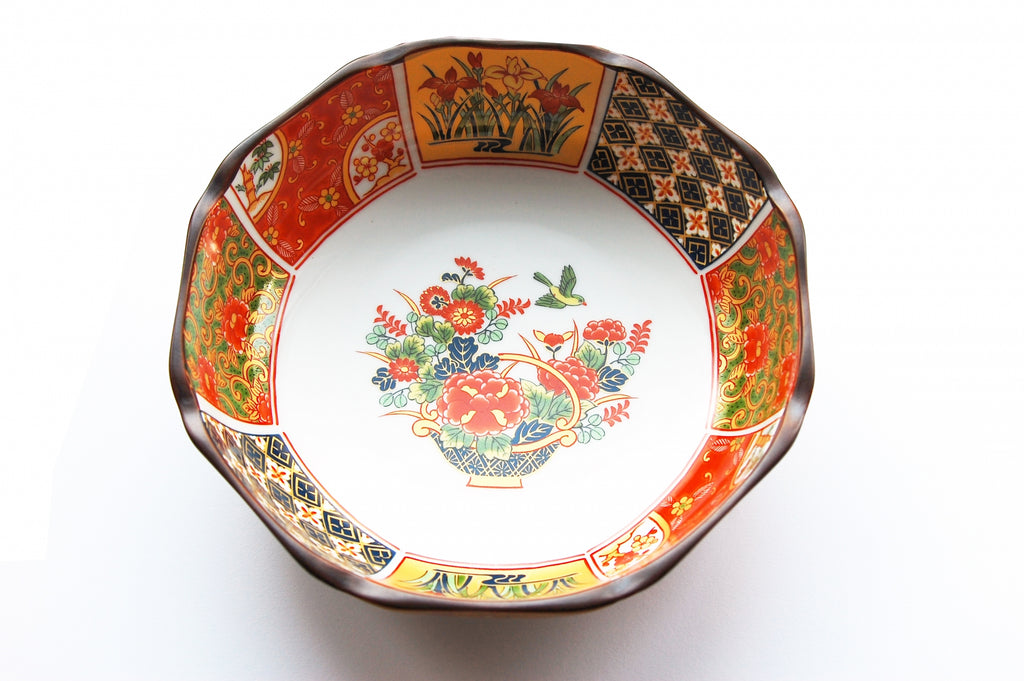Kyushu is located in the south of the Japanese archipelago. Among attractive tourist spots such as rich nature, hot springs, and historical buildings, here there are the most important ceramic production areas in Japan, where pottery production is flourishing, including Arita-yaki, Japan's first porcelain. Why don't you take a leisurely stroll and go on a journey to find your favorite pottery?
What kind of place is Kyushu?
Kyushu is located in the southwestern part of the Japanese archipelago, separated from Mainland by the Kanmon Strait, and consists of seven prefectures: Fukuoka, Saga, Nagasaki, Kumamoto, Oita, Miyazaki, and Kagoshima.
Fukuoka, located in the northern part of Kyushu, plays a central role in the politics, economy, and culture of Kyushu. It is called the "Gateway to Asia" due to its proximity to the Korean Peninsula and the continent. It is also blessed with nature, both sea and mountains, and has many historical spots such as Dazaifu Tenmangu Shrine and Kokura Castle.
Saga, located in the northwest of Kyushu, faces two seas, Genkai Sea and Ariake Sea, and is surrounded by many mountains. The Yoshinogari Ruins is one of the largest Yayoi period settlement sites in Japan. It is also known as the home of pottery.
Kyushu is also characterized by its many volcanoes, including Mount Aso in Kumamoto, Mount Sakurajima in Kagoshima, and Mount Kirishima that straddles Miyazaki and Kagoshima. Around the volcanoes, rich hot spring water gushes out, which is a great source of enjoyment for tourists. Oita is one of the most famous hot spring resorts in Japan.
During the Edo period (1603-1868), Japan was closed off from the rest of the world, but Nagasaki, surrounded by the sea, was the only one allowed to trade with the Netherlands and the Qing’s China. Thus it developed its own unique culture, a fusion of the West and the East. Many international events and festivals are held here, attracting many tourists.

A treasure house of ceramics and porcelain
Kyushu has prospered as a gateway to the Korean Peninsula and mainland China. During the expedition to Korea by Hideyoshi Toyotomi, ceramic techniques were brought back from the Korean Peninsula, and pottery production flourished. There are many attractive ceramic production areas such as Koishiwara in Fukuoka, Hasami in Nagasaki, Arita and Imari in Saga, and the Satsuma and Osumi regions in Kagoshima.
One of the most famous is Arita porcelain, which is produced mainly in the town of Arita in Saga. Its history dates back to the early 17th century, when potters from Korea discovered high quality clay at Mount Izumi in Arita Town and used it to make porcelain.
There are two main types of vessels: ceramic and porcelain. Arita is classified as porcelain as it is lighter and stronger than ceramic. Arita porcelain is characterized by its delicacy and durability, as well as its lustrous white surface with gorgeous paintings. In the 1650s when it was exported to Europe by the Dutch East India Company, it attracted European royalty and aristocracy. It is said to have had a great influence on the well-known German kiln Meissen.

Arita Pottery Market to stroll around
If you are a pottery lover, you must visit the Arita Pottery Market, the largest pottery market in Japan where nearly 500 stores and stalls are lined up along the 4km road from JR Arita Station to Kamiarita Station. The prices vary from affordable to costly. Interacting with the store owners is also fun. The market is usually held from April 29 to May 5, and more than one million people visit every year in search of bargains.

There are seven unique prefectures in Kyushu, with many scenic spots, hot springs, historical buildings, and other attractions. It is a good idea to visit Arita, famous for its pottery. You may find a beautiful piece of pottery that is different from the rest.

